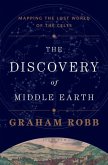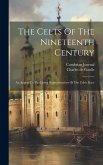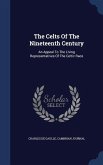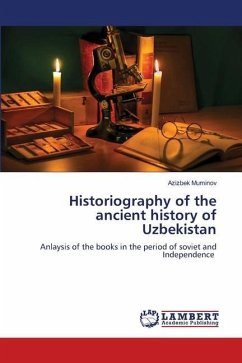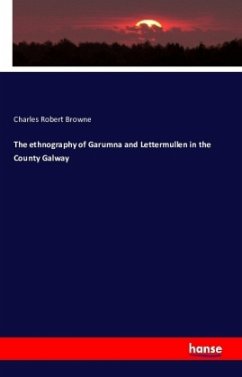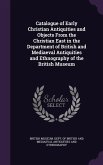The primary aim of this study is to attempt experimentally how evolutionary theory can be applied to ethnographic analogy in order to construct a model with predictive power to derive insights about other aspects of societies which practice the same behaviour, which can then be applied to archaeology. This study will attempt to resolve this by looking at the cultural practice of headhunting in Iron Age Celtic Europe, and how a general understanding of the practice - that being, a cross-cultural investigation of ethnographic and ethnohistorical case studies supported by evolutionary explanations - can be useful not only in creating new potential knowledge in this specific topic, but with other cultural practices, while also as an experiment in the potential development of archaeological theory by applying an independent scientific and objective basis (evolutionary psychology) to an imperfect method of archaeological theory (analogy).


